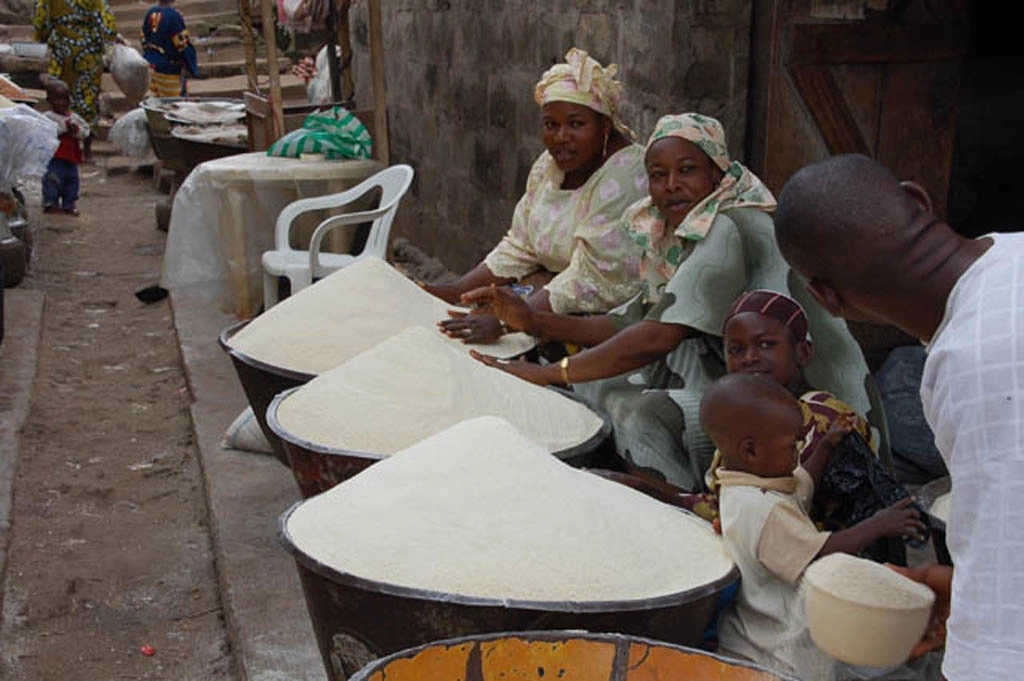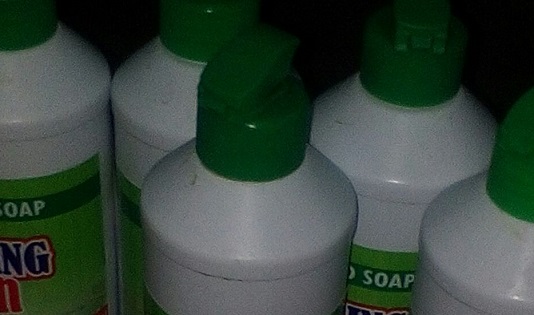How To Start Yam Flour production Business In Nigeria
Nigeria is one of the most culturally diverse nations in the world. This diversity extends to the language we speak, the clothes we wear, the local values and norms and most obviously the food we eat.
Nigerians are known to have some staple foods that form a major part of our daily meal timetable. These staple foods usually vary from one part of the country to the other.
👉 Relocate to Canada Today!
Live, Study and Work in Canada. No Payment is Required! Hurry Now click here to Apply >> Immigrate to CanadaOne of the major food supplies in Nigeria is Yam. Yam is such an important food produce in Nigeria that it has a festival attached to it “the new Yam Festival”.
Read Also: 8 Best Yoruba Foods You Should Not Miss8 Best Yoruba Foods You Should Not Miss

Yam is one of such meal that is eaten in almost all parts of the country although the mode of consumption varies from one part of the country to the other.
Some people prefer to eat their yam meals boiled with either red oil or some kind of sauce to go with it. Others prefer theirs roasted and some others fried.
On the other hand, Pounded yam is a delicacy in many parts of the country ranging from the middle-belt down to the south-south and the south-east. Another very important meal that is made from yam is the popular Amala.
Amala is mostly consumed in the south-western region of Nigeria especially among the Yoruba’s. Amala is made from processed yam flour popularly known as “elubo”.
Today, Amala has become a meal associated with the Yoruba tribe. No ceremony in the Yoruba land is complete without the serving of well-prepared Amala.
Read Also: How to Start Food Delivery Business in Nigeria
👉 Relocate to Canada Today!
Live, Study and Work in Canada. No Payment is Required! Hurry Now click here to Apply >> Immigrate to CanadaThis post will take you through the various steps of producing yam flour locally known as “elubo”. I will also unveil the simple steps to start this as a very lucrative business in Nigeria.
Yam (Dioscorea specie) is an important tropical root crop. It constitutes a nutritious, high carbohydrate and fibre food source.
Other nutrients present in yam are caloric proteins, minerals and vitamins B6, potassium, and manganese; it is also low in saturated fat and sodium.
The crop is important in household food security, diet diversification, employment and income generation as well as alleviation of poverty.
Yams are ranked as the fourth major root crop in the world after cassava, potatoes and sweet potatoes. Yams are characterized by high moisture content, which renders the tubers more susceptible to microbial attacks and brings about high perish ability of the tubers. Hence, the need for processing it into flour that can be preserved.
The botanical name for yam is known as Dioscorea specie. Yam is largely cultivated in Africa, Asia, Latin America and Oceania.
There are quite a number of distinct yam types but six out of the many are most important for consumption because of their economic importance and they include White yam (Dioscorea routundata), yellow yam (Dioscorea alata), aerial yam (Dioscorea bulbifera), Chinese yam (Dioscorea esculenta), and trifoliate yam (Dioscorea dumentorum).
Yam production rose to about 52 million tons in the world as at 2007, out of which about 96% was produced in West Africa.
West Africa holds the baton as the highest producer of yam in the world with Nigeria being in the fore front producing about 71% of yams amounting to about 37 million tons.
More specifically Nigeria is also the world’s largest producer of edible yams with about 28 million metric tons in production. Chief among them are white yam and yellow yam, being the two most cultivated species.
Read Also: 10 Factors Responsible for High Cost of Food Items in Nigeria and Solutions
Despite the fact that yams can be preserved for up to six months without any need for refrigeration, a large chunk of our annual production is lost due to inadequate yam storage facilities after harvesting is carried out.
The widely known system of pounded yam preparation is a very strenuous system requiring the use of physical energy because of pounding the boiled yam with mortar and pestle.
This method has also proved to not be very hygienic. As a continuous awareness among families on the need for healthy meals increases, most families are gradually steering off this traditional method seeking more hygienic ways of preparing these meals and the best alternative is the yam flour.
This has caused the well know system of pounding to be phasing out gradually. This yam flour can be processed in a way that it can either be used for Amala or Pounded yam.
The production process for this instant yam flour is a very simple and straight forward process. The system involves slicing, parboiling, drying and finally milling of the yam to turn it into flour state.
Production can be carried out by locally sourced machinery which include yam slicer, yam par-boiler, hammer mill with cyclone and for the need of hygienic packaging an industrial sealing machine will be needed as well as weighing machine.
Below are the step by step procedures to produce the instant yam flour:
1. Selection of yam
the best quality of yam is needed for this process. Hence, the harvested yam is sorted to select the best tubers that will be used for the production of the yam flour. In most cases the white varieties that are matured are best suitable for use.
Read Also: How to start a food supply business in Nigeria
2. Weighing
the need for weighing is to be able to monitor the production process as the might be need to keep account of stocks used for production.
3. Washing
the need for hygiene is paramount I this process therefor the yams are thoroughly washed to eliminate sand and other impurities that may contaminate the flour. This is carried out before peeling the yams.
4. Peeling and Slicing
The yams are then peeled followed by proper slicing into smaller sizes.
5. Par-boiling
The yams which by now are sliced are boiled in water over the necessary period of time. The time required for boiling is determined by the thickness of the sliced yams.
6. Drying
After par-boiling the yams are then dried using a dryer. The temperature is usually regulated and the time required for drying is usually dependent on the thickness of the slices of yam
7. Milling
this is the stage where the dried slices of yam are directly milled into flour form with a smooth uniform particle size maintained all through.
Read Also: How to Stop Food Waste in Nigeria
8. Packaging
For the sake of hygiene, preservation and commercial distribution, the yam flour is package using moisture proof nylon bags of different sizes according to the desired weight properly sealed and labeled.
In order to start this business, the single raw material needed is yam tubers which are in rich supplies in states like Benue, Adamawa, Taraba, Oyo, Ondo, Osun and in eastern Nigerian states.
You’ll need to secure a good production site with open space and good air flow. Few workers can be employed depending on the size of production. Packaging materials is the major supplies needed.
Others may include factory wears (overalls, head cover, hand gloves, nose masks, and factory boots) and cleaning instruments to keep production site clean.
Major utilities needed include electricity, diesel for both vehicles and stand by generators and adequate source of water supply.
